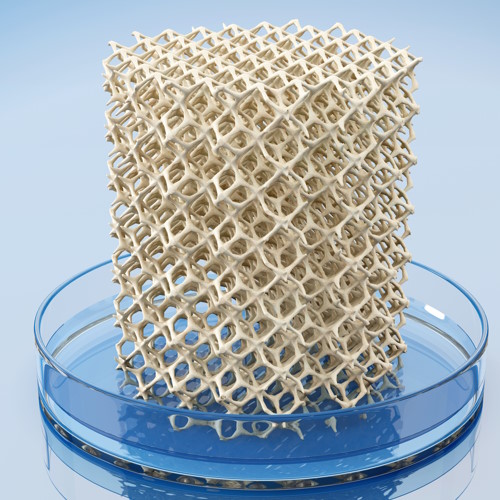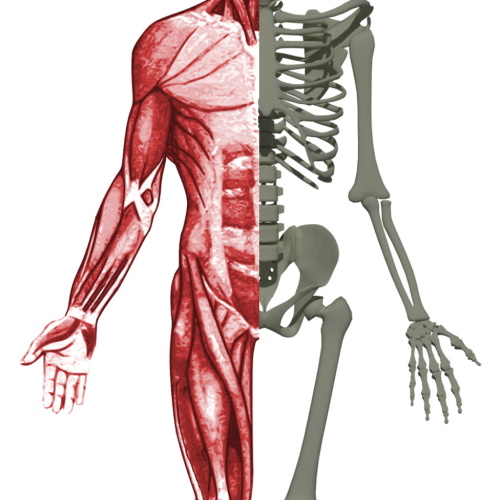Key points from article :
Researchers developed a novel means of 3D bioprinting live human muscle-tendon tissues.
Cryo-bioprinting involves cells frozen and stacked vertically - creating freestanding, mixed-cell tissues.
Yields tissues that are more robust and versatile than those produced via conventional bioprinting.
Allows to create customizable, anisotropic microchannels that facilitated cellular growth.
Bio-ink with melezitose (8%) and DMSO (10%) proved to be the most effective, yielding tissues with 60-80% cell viability.
Created a tendon junction...mimicking the structure of its natural counterpart.
When cultured for 7 days, printed tendon is grown with a dense microvascular network.
It could now find regenerative medicine, drug discovery, or personalized therapeutic applications.
Possibility in the creation of in vitro musculoskeletal models for biological studies, drug discovery and personalized medicine.
Study by Harvard Medical School & Sichuan University published in Advanced Materials.








